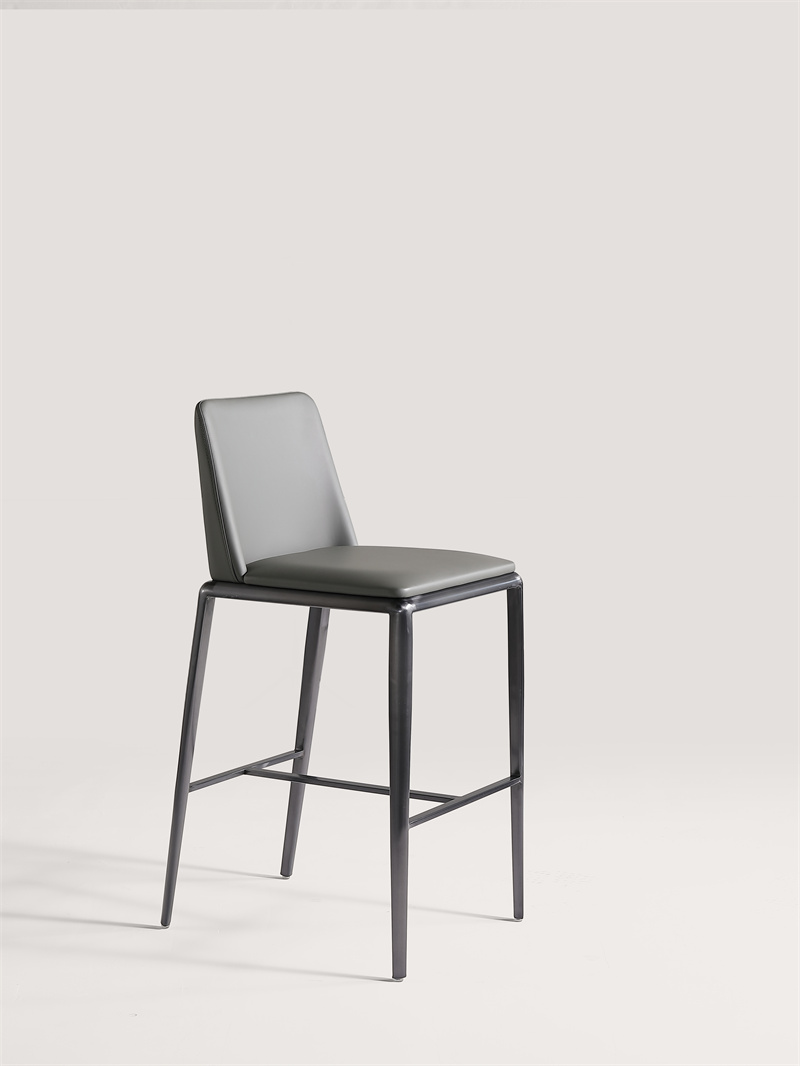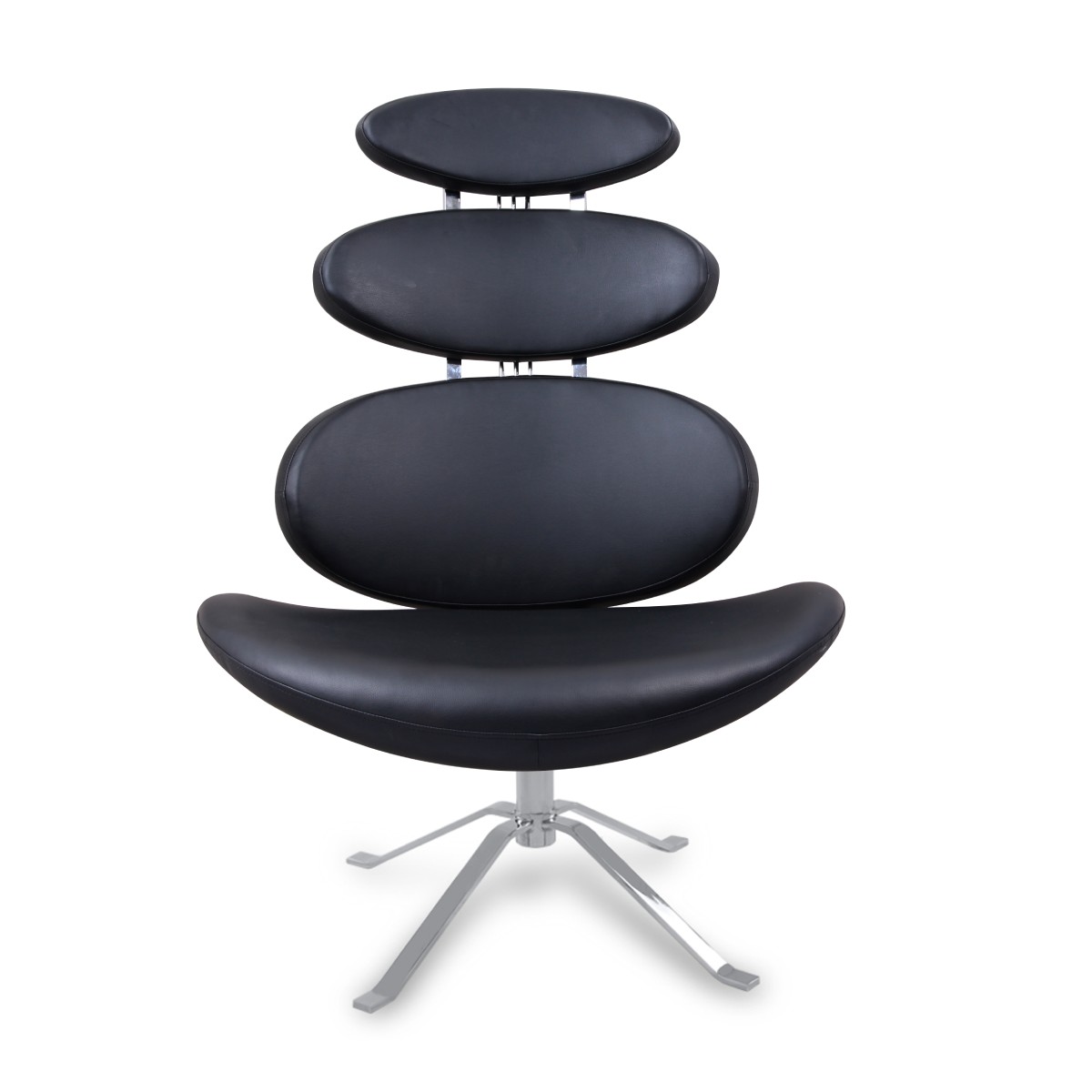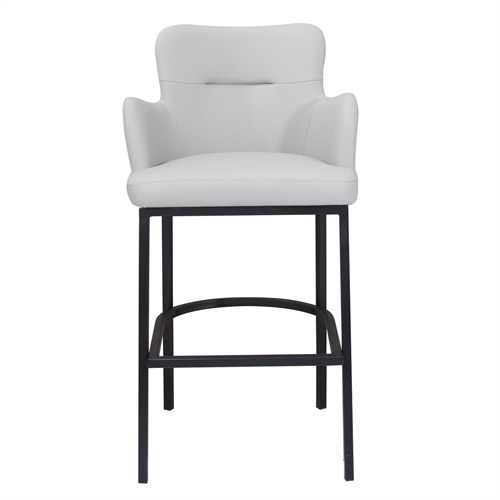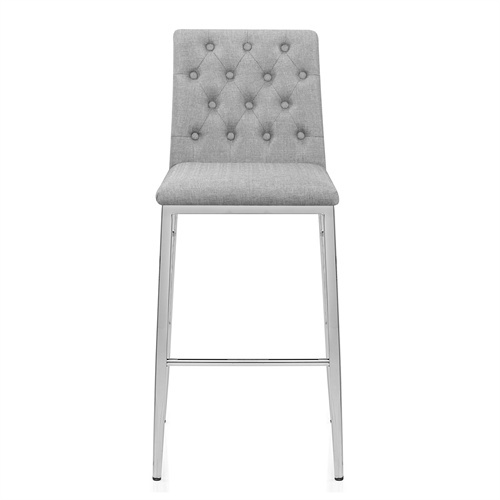When furnishing your kitchen island, breakfast bar, or entertainment area, choosing the right type of stool can make all the difference in both comfort and style. Counter stools and bar stools are the two most common options — but while they may look similar at first glance, they are designed for different heights, spaces, and purposes.
Selecting the wrong one can result in awkward seating, poor ergonomics, and a mismatched look in your home. In this guide, we’ll break down the differences between counter stools and bar stools, explain when to use each, explore design and material options, and give you expert tips on measuring for the perfect fit.
Understanding the Basics: What Sets Counter Stools Apart from Bar Stools?
The most important distinction between counter stools and bar stools is the seat height. This single factor determines whether your stool will fit comfortably under your counter or leave guests struggling to sit properly.
Counter stools usually have a seat height between 24 and 27 inches. This size works perfectly with kitchen counters or islands that stand between 35 and 39 inches high. Because of their more moderate height, counter stools are easier for people of all ages to use, making them a popular choice for family kitchens, breakfast areas, and casual dining spaces.
Bar stools, on the other hand, are taller, with a seat height ranging from 28 to 33 inches. They are designed to pair with surfaces that are 40 to 43 inches high, such as home bars, tall pub tables, or restaurant counters. Their added height often creates a more formal or “bar-like” atmosphere, and they almost always include a footrest for comfort.
Why Height Matters for Comfort
Choosing the wrong height can make even the most stylish stool uncomfortable. If the stool is too tall, guests may have to hunch awkwardly or squeeze their legs under the counter. If it’s too short, it can feel like sitting at a child’s table. For the best comfort and posture, you should always leave about 10 to 12 inches of space between the seat of the stool and the underside of the counter or bar. This allows for proper legroom without making the seating feel cramped.
Design and Comfort Features
Both counter stools and bar stools come in many designs, but some features are more common in one type than the other.
Backless stools are popular in smaller kitchens because they can be tucked completely under the counter when not in use. They create a clean, minimalistic look but provide less back support, making them better for quick meals rather than long gatherings.
Low-back stools offer some support without visually crowding the space. They are a great middle ground for casual dining areas, giving a bit of comfort while still keeping the look open and airy.
.jpg)
High-back stools are designed for maximum comfort and support. They work well in home bars or spaces where you expect people to sit for longer periods, such as during dinner parties or game nights.
Armrests can add extra comfort and stability, especially for taller stools, but they require more space and may prevent the stool from fully tucking under the counter. If you choose stools with arms, make sure the arms fit comfortably under your counter height.
Swivel seats are common in both counter and bar stools, allowing guests to turn easily without moving the stool. This feature is especially useful in social settings or when space is limited.
Material Choices for Style and Durability
The material you choose will affect not only the look of your stools but also their durability and maintenance.
-
Wood stools offer warmth and a timeless appeal. They work beautifully in traditional, farmhouse, or rustic interiors and can be paired with upholstered seats for added comfort.
-
Metal stools are sleek and durable, making them perfect for industrial or contemporary spaces. Many metal stools also have a more lightweight feel, making them easier to move around.
-
Upholstered stools provide softness and comfort, ideal for long periods of sitting. They come in various fabrics, leathers, or faux leathers, allowing you to choose a style that fits your decor.
-
Plastic or acrylic stools are affordable, lightweight, and easy to clean. They work well in casual or modern interiors and are a practical choice for families with young children.
-
Mixed-material stools combine the best of both worlds, such as a wooden seat with metal legs or a metal frame with a cushioned back.
How to Decide Between Counter Stools and Bar Stools
If your counter or island is 35 to 39 inches high, counter stools will be the better choice. They provide a comfortable seat height for everyday activities like eating breakfast, working on a laptop, or helping kids with homework. Because they’re lower, they also tend to feel more casual and are easier for children and older adults to use.
If your surface height is between 40 and 43 inches, bar stools are the way to go. They elevate the seating experience, literally and stylistically, making them ideal for home bars, game rooms, or entertainment spaces. They also create a more formal look, which works well in certain design settings.

Measuring for the Perfect Fit
Before purchasing stools, measure your counter or bar height from the floor to the top of the surface. Subtract 10 to 12 inches from that number to determine the ideal seat height. If you are buying for a shared space, such as a kitchen island that doubles as a bar, consider adjustable stools that can cover both counter and bar height ranges.
Spacing is another important factor. Leave about 24 to 26 inches of width per stool for comfort, plus an additional 6 inches between each stool. This ensures guests have enough elbow room without feeling crowded.
Adjustable Stools: A Flexible Solution
If your home has multiple counter heights or you want the flexibility to use stools in different spaces, adjustable-height stools are a smart investment. Many adjustable stools can be lowered to counter height or raised to bar height with a simple lever, making them versatile for any occasion.

Practical Tips for Choosing the Right Stools
-
Test for comfort before you buy, especially if you plan to sit for long periods.
-
Match the style to your existing decor for a cohesive look.
-
Consider footrests, especially for bar stools, to improve comfort.
-
Think about storage if you need to tuck stools away when not in use.
-
Choose durable materials that can handle daily wear and tear.
Final Thoughts
The difference between counter stools and bar stools may come down to just a few inches in height, but those inches have a huge impact on comfort and functionality. Counter stools are best for standard-height counters and everyday use, while bar stools are designed for taller surfaces and create a more elevated look. By measuring carefully, considering your space’s style, and thinking about how you’ll use your seating, you can choose stools that not only look great but also make every meal or gathering more enjoyable.
Whether you go with the approachable comfort of counter stools or the statement-making height of bar stools, the right choice will enhance your space and make it more inviting for years to come.

.jpg)



0723.jpg)